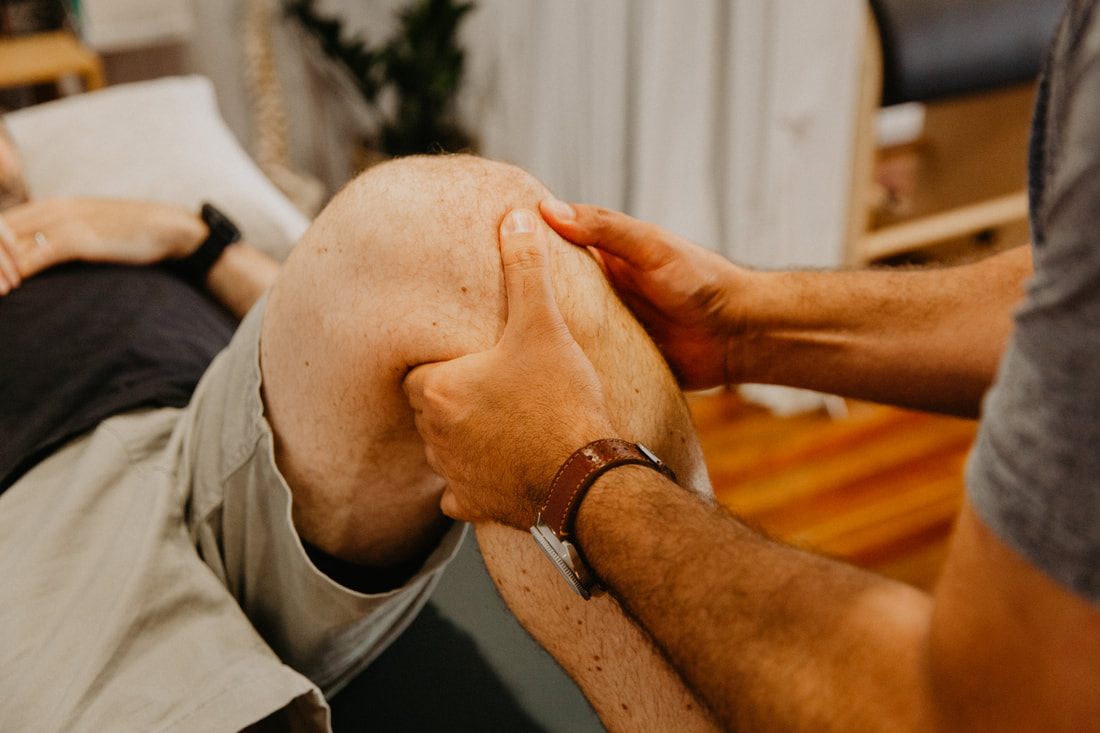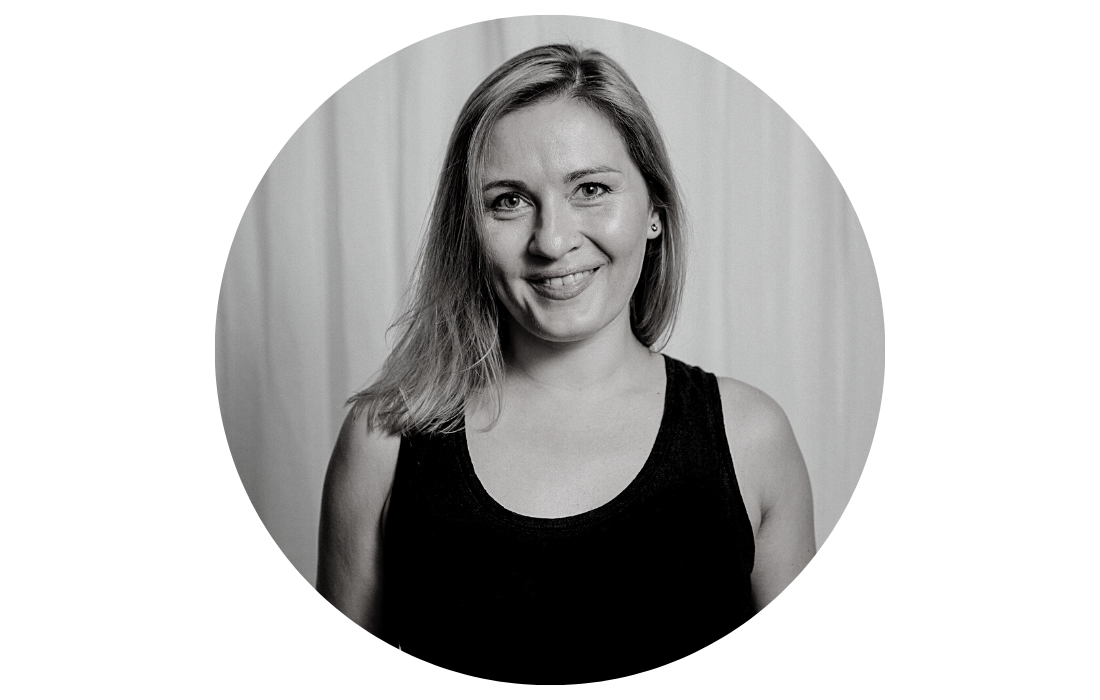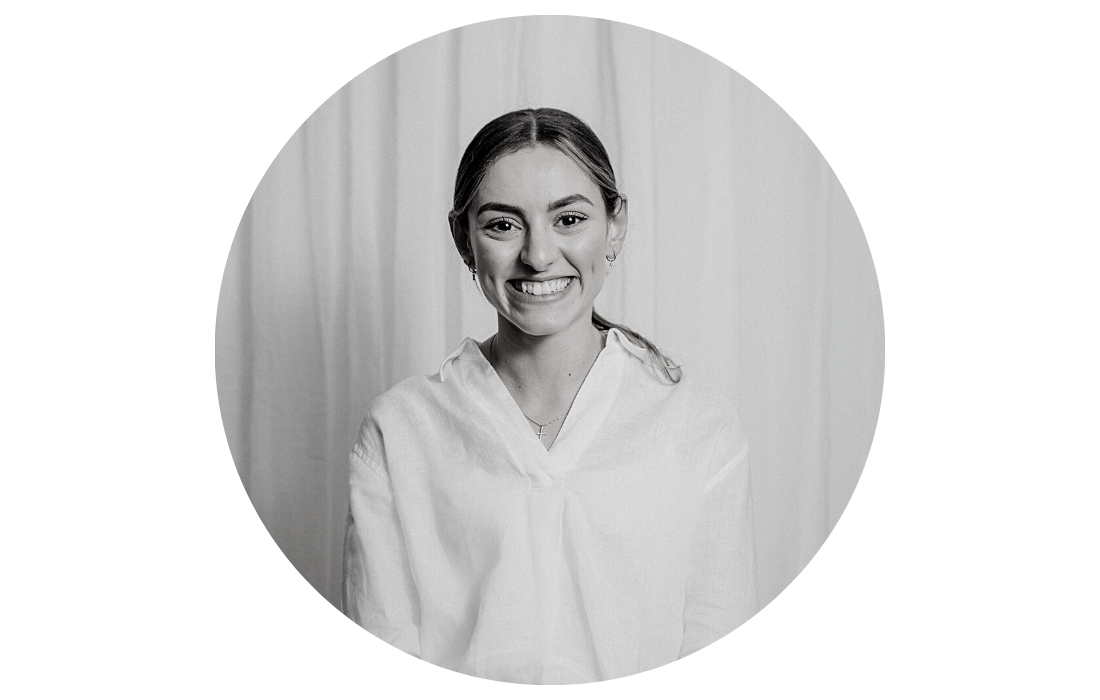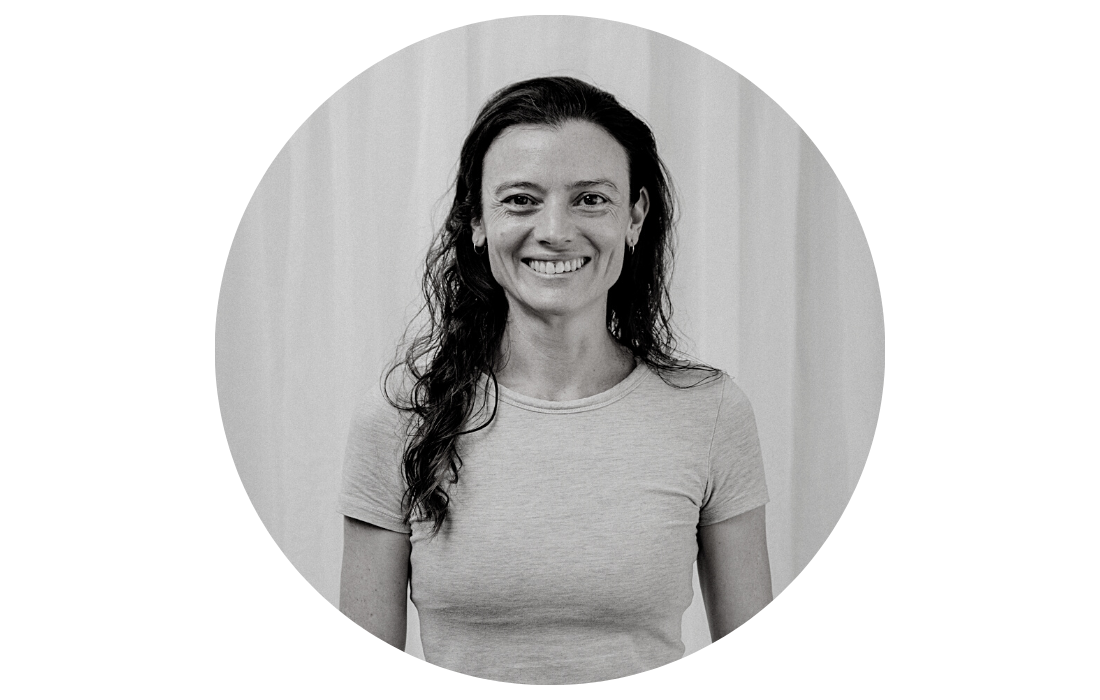Baker's Cyst Physiotherapy Brisbane southside.
What is a Baker’s Cyst?
A Baker's cyst, also known as a popliteal cyst, is a fluid-filled swelling that forms in the back of the knee. Baker's cysts typically develop in the area behind the knee joint, specifically in the popliteal fossa. This is the hollow space at the back of the knee.
What causes a Baker’s Cyst?
Primary Baker’s cyst is an anatomical abnormality where the cyst spontaneously becomes an extension of the knee joint space in the absence of the knee pathology. Most common however are secondary Baker’s cysts where posterior knee bursa has a communication channel with the knee joint space. The swelling from an underlying knee condition, such as osteoarthritis, rheumatoid arthritis, meniscus tear or joint irritation finds its way to the bursa causing it to swell.
What are the symptoms of a Baker’s Cyst?
A Baker's cyst can often be diagnosed through a physical examination and medical history. Imaging tests, such as ultrasound, MRI, or occasionally an X-ray, may be used to confirm the diagnosis and assess the underlying knee condition.
What is the treatment for a Baker’s Cyst?
How can physiotherapy help with a Baker’s Cyst?
Physiotherapy can be a valuable part of the treatment plan for individuals with a Baker's cyst, especially when it is associated with an underlying knee condition such as osteoarthritis, rheumatoid arthritis, or a meniscus tear. Physiotherapy can help manage symptoms and improve the overall function of the affected knee. Here's how physiotherapy can assist with a Baker's cyst:
How can Pilates help with a Baker’s Cyst?
Pilates can be a beneficial form of exercise for individuals with a Baker's cyst, as it focuses on strengthening the core and improving overall flexibility and posture. While Pilates may not directly address the cyst itself, it can help alleviate some of the symptoms associated with Baker's cysts and support overall knee health. Here's how Pilates can be helpful:
If you or a loved one has questions about Baker’s Cyst and how our physiotherapists might be able to help please call us on 07 3706 3407 or email [email protected]. We would love to work with you!
A Baker's cyst, also known as a popliteal cyst, is a fluid-filled swelling that forms in the back of the knee. Baker's cysts typically develop in the area behind the knee joint, specifically in the popliteal fossa. This is the hollow space at the back of the knee.
What causes a Baker’s Cyst?
Primary Baker’s cyst is an anatomical abnormality where the cyst spontaneously becomes an extension of the knee joint space in the absence of the knee pathology. Most common however are secondary Baker’s cysts where posterior knee bursa has a communication channel with the knee joint space. The swelling from an underlying knee condition, such as osteoarthritis, rheumatoid arthritis, meniscus tear or joint irritation finds its way to the bursa causing it to swell.
What are the symptoms of a Baker’s Cyst?
- Swelling and a lump behind the knee.
- Pain or discomfort at the back of the knee, especially when bending or straightening.
- Stiffness in the knee joint.
- In some cases, the cyst may rupture, causing fluid to spread down the calf and into the ankle, which can mimic the symptoms of a blood clot.
A Baker's cyst can often be diagnosed through a physical examination and medical history. Imaging tests, such as ultrasound, MRI, or occasionally an X-ray, may be used to confirm the diagnosis and assess the underlying knee condition.
What is the treatment for a Baker’s Cyst?
- Conservative Management: mostly aimed to manage pain and swelling. This may include rest, ice, and anti-inflammatory medications.
- Physical Therapy: main goal is managing the underlying knee condition. Physical therapy can help improve knee strength and range of motion, improve knee movement patterns to help with underlying knee pathology.
- Drainage: In some cases, a doctor may use a needle to drain the fluid from the cyst. This can provide temporary relief from symptoms.
- Surgery: If conservative measures do not provide relief or if the cyst is particularly large or painful, a doctor may recommend surgical removal of the cyst or treatment of the underlying knee problem.
How can physiotherapy help with a Baker’s Cyst?
Physiotherapy can be a valuable part of the treatment plan for individuals with a Baker's cyst, especially when it is associated with an underlying knee condition such as osteoarthritis, rheumatoid arthritis, or a meniscus tear. Physiotherapy can help manage symptoms and improve the overall function of the affected knee. Here's how physiotherapy can assist with a Baker's cyst:
- Pain Management: Physiotherapists can use various techniques to alleviate pain associated with the Baker's cyst. These may include manual therapy, modalities like heat or ice, and specific exercises designed to reduce pain and discomfort.
- Range of Motion Exercises: Physiotherapists can create a tailored exercise program to help maintain or improve the range of motion in the affected knee joint. Gentle stretching exercises can prevent stiffness and improve flexibility.
- Strengthening Exercises: Strengthening the muscles around the knee joint is essential for providing stability and support. A physiotherapist can develop a strengthening program that targets the muscles in the leg, including the quadriceps, hamstrings, and calf muscles. Stronger muscles can help reduce stress on the knee joint and improve overall function.
- Balance and Proprioception Training: Baker's cysts can affect balance and coordination, increasing the risk of falls or further injury. Physiotherapists can incorporate balance and proprioception exercises into the rehabilitation plan to enhance joint awareness and stability.
- Gait Training: If the cyst has led to alterations in your walking pattern, a physiotherapist can work on correcting gait abnormalities. This helps improve mobility and minimise the risk of compensation injuries.
- Education: Physiotherapists can educate you about the Baker's cyst, the underlying knee condition, and strategies to manage and prevent symptoms. They may offer advice on lifestyle modifications, such as proper body mechanics and ergonomics, to reduce strain on the knee joint.
- Assistive Devices: If necessary, a physiotherapist can recommend and fit you with assistive devices, such as knee braces or orthotics, to provide additional support and reduce stress on the knee joint.
- Home Exercise Program: To maximise the benefits of physiotherapy, you will likely receive a home exercise program. Consistently following these exercises and recommendations can complement your in-clinic sessions and contribute to long-term improvement.
How can Pilates help with a Baker’s Cyst?
Pilates can be a beneficial form of exercise for individuals with a Baker's cyst, as it focuses on strengthening the core and improving overall flexibility and posture. While Pilates may not directly address the cyst itself, it can help alleviate some of the symptoms associated with Baker's cysts and support overall knee health. Here's how Pilates can be helpful:
- Improved Core Strength: Pilates emphasises core strength and stability. A strong core can help support the body's weight and take some pressure off the knee joint. This can be particularly beneficial for individuals with Baker's cysts, as it may help reduce strain on the knee.
- Enhanced Flexibility: Pilates incorporates stretching and flexibility exercises that can help improve the range of motion in the knee joint. This can be especially valuable for preventing stiffness and maintaining joint mobility.
- Muscle Balance: Pilates exercises often target both large and small muscle groups. This can help restore muscle balance around the knee joint, which is essential for maintaining proper joint alignment and reducing the risk of further injury.
- Posture Correction: Pilates places a strong emphasis on body awareness and alignment. It can help individuals with Baker's cysts improve their posture, which can alleviate stress on the knee joint and contribute to overall comfort and well-being.
- Low Impact: Many Pilates exercises are low-impact, which means they are gentle on the joints. This can be especially important for individuals with knee issues, as it allows them to exercise without exacerbating pain or discomfort.
- Mind-Body Connection: Pilates encourages mindfulness and body awareness. This can help individuals better understand their bodies, identify areas of tension or discomfort, and make necessary adjustments to their movements to protect the knee joint.
- Stress Reduction: Pilates, like other forms of exercise, can have a positive impact on mental health by reducing stress and promoting relaxation. Reducing stress levels can indirectly benefit physical well-being, including the management of pain and discomfort associated with Baker's cysts.
If you or a loved one has questions about Baker’s Cyst and how our physiotherapists might be able to help please call us on 07 3706 3407 or email [email protected]. We would love to work with you!
Who to book in with:
Yulia Khasyanova
|
Monica Hanna
|
Emma Cameron
|



